Phosphines
Asymmetric phosphine compounds and their applications as well as the emergence of a variety of novel compounds have greatly enriched the subjects of organic phosphorus chemistry. Phosphorus-containing antioxidants, stabilizers and the extractant, complexing agent of rare elements can be widely applied to the chemical industry. Organic phosphine compound in vivo is an important kind of energy and an important component for the formation of the biopolymer DNA and RNA backbone.
The organic phosphorus compound has a wide application in nucleic acids, coenzymes, organophosphorus nerve gases, organophosphorus insecticides, organophosphorus fungicides, organophosphorus herbicides, chemotherapeutic agents, plasticizers, antioxidants, surfactants, complexing agents, extraction agent of organic phosphorus, flotation agent and a flame retardant and so on.
The chemical structure of the organic phosphorus compound can be roughly divided into the following categories:
1. Phosphonate. Phosphoric acid is a tribasic acid, i.e., three of which may be replaced by hydrogen atoms with these hydrogen atoms being replaced by an organic group, known as phosphonate. These three groups, when being not exactly the same, are known as mixed esters. In organophosphorous pesticides, there are a lot of mixed phosphate esters, such as dichlorvos that is a mixture of phosphoric acid esters.
2. Mono-, di- and tri-phosphonothiolate. The oxygen atom of the phosphate molecule can be replaced by a sulfur atom, known as thiosulfate phosphonate, such as parathion, dimethoate, kitazine that all belonging to such structures.
3. Phosphoramidites and Thioxophosphamide. When the hydroxyl group in the phosphoric acid is replaced by an amino group, it is called phosphoramidites. The remaining oxygen atom in the phosphoramidites molecule may be replaced by a sulfur atom, and become thioxophosphamide such as methamidophos and crufomate.
4. Pyrophosphate, thiopyrophosphoric acid and pyrophosphate amide. Two phosphate molecules get rid of one molecule of water to form pyrophosphate with the hydrogen, oxygen and hydroxyl groups being able to be respectively, replaced by sulfur atom and amino group such as sulfotep.
5. Thio-phosphonate and phosphonate. One hydroxyl group is replaced by organic group which formed P-C bond inside the molecule, namely phosphonate. There have been some kinds of phosphonate and corresponding sulfur-substituted compounds as pesticides promotion, such as benzene parathion.
6. Phosphorous acid derivative. Some pesticides are derivatives of phosphorous acid. In the molecule of phosphorous acid, the phosphorus is trivalent such as deleaf defolian.
7. Phosphine. When the hydrogen inside the phosphine molecules is replaced by organic group, it is called phosphine. The structure of these compounds is similar with that of nitrogen compounds such as ammonia, amines and ammonium salts, known as orthopedic phosphine and phosphine.
8. Phosphoric acid or the hydroxy group inside phosphoric acid is replaced by a halogen.
- Structure:

- Chemical Name:BUTYLPHOSPHONIC DICHLORIDE
- CAS:2302-80-9
- MF:C4H9Cl2OP
- Structure:
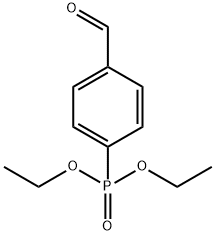
- Chemical Name:DIETHYL(PHENYLOXOMETHYL)PHOSPHONATE
- CAS:3277-27-8
- MF:C11H15O4P
- Structure:

- Chemical Name:(Aminomethyl)phosphonic acid
- CAS:1066-51-9
- MF:CH6NO3P
- Structure:
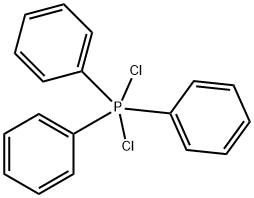
- Chemical Name:DICHLOROTRIPHENYLPHOSPHORANE
- CAS:2526-64-9
- MF:C18H15Cl2P
- Structure:
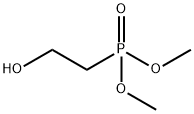
- Chemical Name:Dimethyl 2-hydroxyethylphosphonate
- CAS:54731-72-5
- MF:C4H11O4P
- Structure:
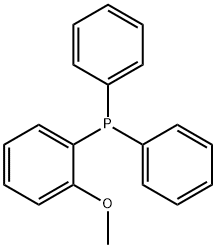
- Chemical Name:P-ANISYLDIPHENYLPHOSPHINE
- CAS:53111-20-9
- MF:C19H17OP
- Structure:
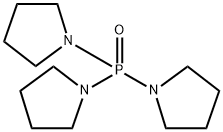
- Chemical Name:Tris(pyrrolidinophosphine) oxide
- CAS:6415-07-2
- MF:C12H24N3OP
- Structure:

- Chemical Name:1,2,3,4,5-PENTAPHENYL-1'-(DI-TERT-BUTYLPHOSPHINO)FERROCENE
- CAS:312959-24-3
- MF:C48H43FeP
- Structure:
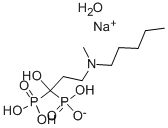
- Chemical Name:Ibandronate sodium monohydrate
- CAS:138926-19-9
- MF:C9H24NNaO8P2
- Structure:
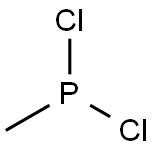
- Chemical Name:METHYLDICHLOROPHOSPHINE
- CAS:676-83-5
- MF:CH3Cl2P
- Structure:

- Chemical Name:1-PROPANEPHOSPHONIC DICHLORIDE
- CAS:4708-04-7
- MF:C3H7Cl2OP
- Structure:
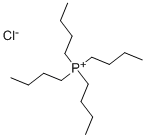
- Chemical Name:Tetrabutylphosphonium chloride
- CAS:2304-30-5
- MF:C16H36ClP
- Structure:
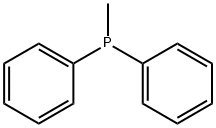
- Chemical Name:METHYLDIPHENYLPHOSPHINE
- CAS:1486-28-8
- MF:C13H13P
- Structure:

- Chemical Name:Bis(2,4-dichlorophenyl) chlorophosphate
- CAS:14254-41-2
- MF:C12H6Cl5O3P
- Structure:
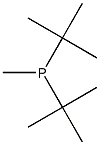
- Chemical Name:Di-t-butylmethylphosphine
- CAS:6002-40-0
- MF:C9H21P
- Structure:
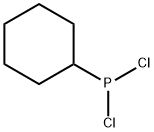
- Chemical Name:CYCLOHEXYLDICHLOROPHOSPHINE
- CAS:2844-89-5
- MF:C6H11Cl2P
- Structure:
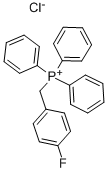
- Chemical Name:(4-FLUOROBENZYL)TRIPHENYLPHOSPHONIUM CHLORIDE
- CAS:3462-95-1
- MF:C25H21ClFP
- Structure:
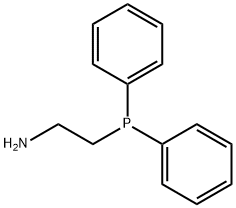
- Chemical Name:2-(DIPHENYLPHOSPHINO)ETHYLAMINE
- CAS:4848-43-5
- MF:C14H16NP
- Structure:
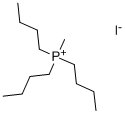
- Chemical Name:METHYLTRIBUTYLPHOSPHONIUM IODIDE
- CAS:1702-42-7
- MF:C13H30IP
- Structure:
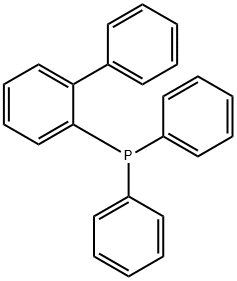
- Chemical Name:2-(Diphenylphosphino)-biphenyl
- CAS:13885-09-1
- MF:C24H19P
- Structure:
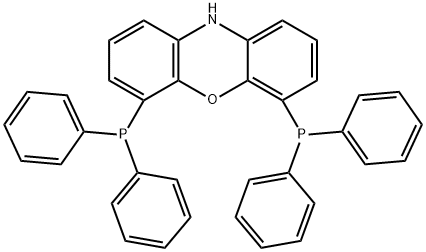
- Chemical Name:4,6-BIS(DIPHENYLPHOSPHINO)PHENOXAZINE
- CAS:261733-18-0
- MF:C36H27NOP2
- Structure:
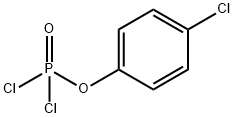
- Chemical Name:4-CHLOROPHENYL PHOSPHORODICHLORIDATE
- CAS:772-79-2
- MF:C6H4Cl3O2P
- Structure:
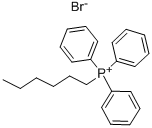
- Chemical Name:HEXYLTRIPHENYLPHOSPHONIUM BROMIDE
- CAS:4762-26-9
- MF:C24H28BrP
- Structure:

- Chemical Name:DICETYL PHOSPHATE
- CAS:2197-63-9
- MF:C32H67O4P
- Structure:
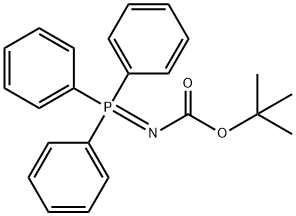
- Chemical Name:N-BOC-IMINO-(TRIPHENYL)PHOSPHORANE
- CAS:68014-21-1
- MF:C23H24NO2P
- Structure:
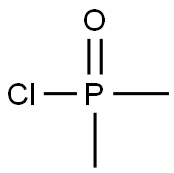
- Chemical Name:DIMETHYLPHOSPHINIC CHLORIDE
- CAS:1111-92-8
- MF:C2H6ClOP
- Structure:
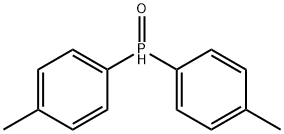
- Chemical Name:BIS(P-TOLYL)PHOSPHINE OXIDE
- CAS:2409-61-2
- MF:C14H15OP
- Structure:
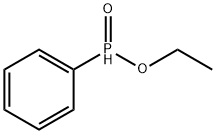
- Chemical Name:ETHYL PHENYLPHOSPHINATE
- CAS:2511-09-3
- MF:C8H11O2P
- Structure:
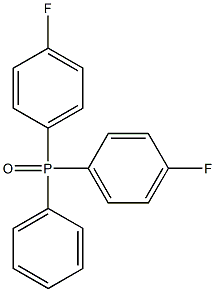
- Chemical Name:BIS(4-FLUOROPHENYL)PHENYLPHOSPHINE OXIDE
- CAS:54300-32-2
- MF:C18H13F2OP
- Structure:
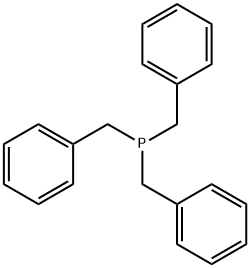
- Chemical Name:TRIBENZYLPHOSPHINE
- CAS:7650-89-7
- MF:C21H21P
- Structure:
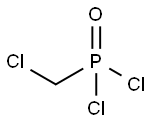
- Chemical Name:CHLOROMETHYLPHOSPHONIC DICHLORIDE
- CAS:1983-26-2
- MF:CH2Cl3OP
- Structure:
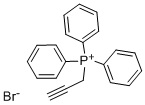
- Chemical Name:PROPARGYLTRIPHENYLPHOSPHONIUM BROMIDE
- CAS:2091-46-5
- MF:C21H18BrP
- Structure:
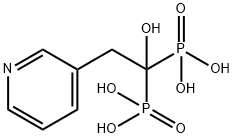
- Chemical Name:Risedronic acid
- CAS:105462-24-6
- MF:C7H11NO7P2
- Structure:
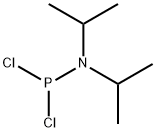
- Chemical Name:DIISOPROPYLPHOSPHORAMIDOUS DICHLORIDE
- CAS:921-26-6
- MF:C6H14Cl2NP
- Structure:

- Chemical Name:BIS(DIMETHYLPHOSPHINO)METHANE
- CAS:64065-08-3
- MF:C5H14P2
- Structure:

- Chemical Name:PROPANE-1-PHOSPHONIC ACID
- CAS:4672-38-2
- MF:C3H9O3P
- Structure:
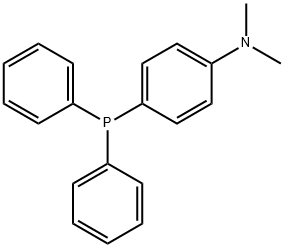
- Chemical Name:4-(DIMETHYLAMINO)PHENYLDIPHENYLPHOSPHINE
- CAS:739-58-2
- MF:C20H20NP
- Structure:
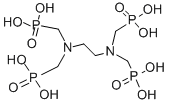
- Chemical Name:Ethylenebis(nitrilodimethylene)tetraphosphonic acid
- CAS:1429-50-1
- MF:C6H20N2O12P4
- Structure:
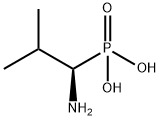
- Chemical Name:(1R)-(+)-(1-AMINO-2-METHYLPROPYL)PHOSPHONIC ACID
- CAS:66254-56-6
- MF:C4H12NO3P
- Structure:
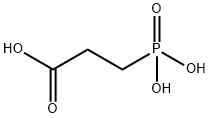
- Chemical Name:3-PHOSPHONOPROPIONIC ACID
- CAS:5962-42-5
- MF:C3H7O5P
- Structure:
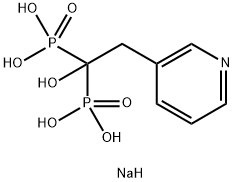
- Chemical Name:Sodium risedronate
- CAS:115436-72-1
- MF:C7H12NNaO7P2
- Structure:
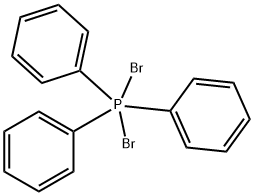
- Chemical Name:TRIPHENYLPHOSPHINE DIBROMIDE
- CAS:1034-39-5
- MF:C18H15Br2P
- Structure:
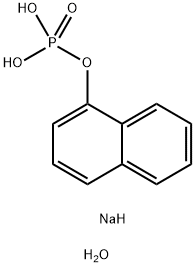
- Chemical Name:1-NAPHTHYL PHOSPHATE MONOSODIUM SALT MONOHYDRATE
- CAS:81012-89-7
- MF:C10H12NaO5P
- Structure:
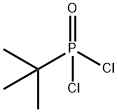
- Chemical Name:TERT-BUTYLPHOSPHONIC DICHLORIDE
- CAS:4707-95-3
- MF:C4H9Cl2OP
- Structure:
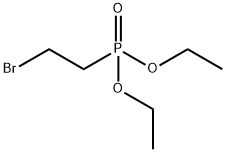
- Chemical Name:DIETHYL 2-BROMOETHYLPHOSPHONATE
- CAS:5324-30-1
- MF:C6H14BrO3P
- Structure:
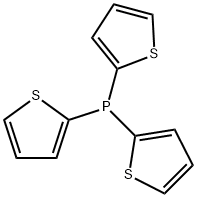
- Chemical Name:TRIS(2-THIENYL)PHOSPHINE
- CAS:24171-89-9
- MF:C12H9PS3
- Structure:
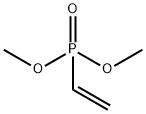
- Chemical Name:DIMETHYL VINYLPHOSPHONATE
- CAS:4645-32-3
- MF:C4H9O3P
- Structure:
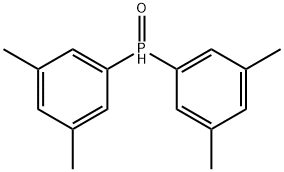
- Chemical Name:(XYL)2P(O)H
- CAS:187344-92-9
- MF:C16H19OP
- Structure:
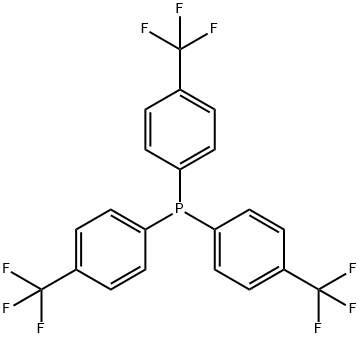
- Chemical Name:TRIS(4-TRIFLUOROMETHYLPHENYL)PHOSPHINE
- CAS:13406-29-6
- MF:C21H12F9P
- Structure:
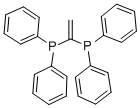
- Chemical Name:1,1-BIS(DIPHENYLPHOSPHINO)ETHYLENE
- CAS:84494-89-3
- MF:C26H22P2
- Structure:
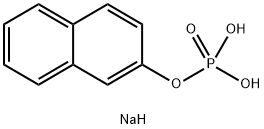
- Chemical Name:BETA-NAPHTHYL PHOSPHATE, DISODIUM SALT
- CAS:31681-98-8
- MF:C10H10NaO4P
- Structure:
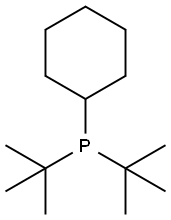
- Chemical Name:DI-T-BUTYLCYCLOHEXYLPHOSPHINE
- CAS:436865-11-1
- MF:C14H29P
- Structure:
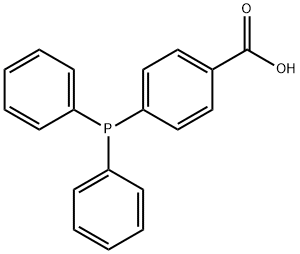
- Chemical Name:4-(DIPHENYLPHOSPHINO)BENZOIC ACID
- CAS:2129-31-9
- MF:C19H15O2P
- Structure:
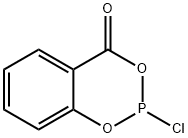
- Chemical Name:2-CHLORO-4H-1,3,2-BENZODIOXAPHOSPHORIN-4-ONE
- CAS:5381-99-7
- MF:C7H4ClO3P
- Structure:
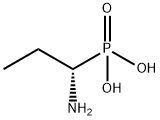
- Chemical Name:(1S)-(+)-(1-AMINOPROPYL)PHOSPHONIC ACID
- CAS:98048-99-8
- MF:C3H10NO3P
- Structure:
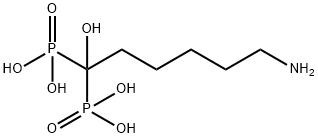
- Chemical Name:NERIDRONATE SODIUM HYDRATE
- CAS:79778-41-9
- MF:C6H17NO7P2
- Structure:
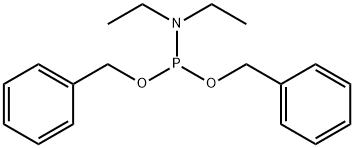
- Chemical Name:DIBENZYL DIETHYLPHOSPHORAMIDITE
- CAS:67746-43-4
- MF:C18H24NO2P
- Structure:
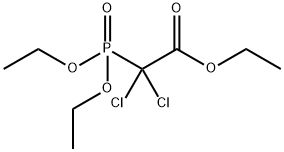
- Chemical Name:TRIETHYL 2,2-DICHLORO-2-PHOSPHONOACETATE
- CAS:5823-12-1
- MF:C8H15Cl2O5P
- Structure:
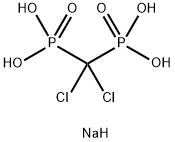
- Chemical Name:Clodronate disodium Salt
- CAS:22560-50-5
- MF:CH5Cl2NaO6P2
- Structure:
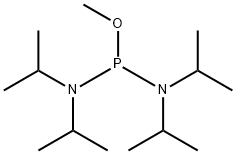
- Chemical Name:METHYL TETRAISOPROPYLPHOSPHORODIAMIDITE
- CAS:92611-10-4
- MF:C13H31N2OP
- Structure:

- Chemical Name:DIMETHYL ETHYLPHOSPHONITE
- CAS:2511-19-5
- MF:C4H11O2P
- Structure:
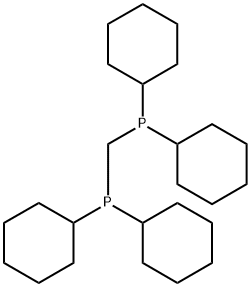
- Chemical Name:BIS(DICYCLOHEXYLPHOSPHINO)METHANE
- CAS:137349-65-6
- MF:C25H46P2
- Structure:
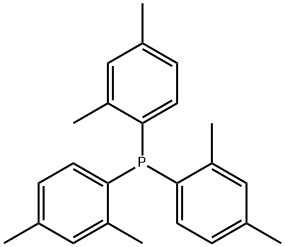
- Chemical Name:TRIS(2,4-DIMETHYLPHENYL)PHOSPHINE
- CAS:49676-42-8
- MF:C24H27P
- Structure:

- Chemical Name:(1R,2R)-(+)-1,2-DIAMINOCYCLOHEXANE-N,N'-BIS(2-DIPHENYLPHOSPHINO-1-NAPHTHOYL)
- CAS:174810-09-4
- MF:C52H44N2O2P2
- Structure:
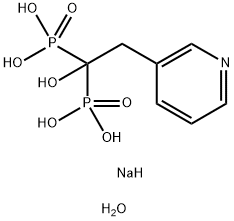
- Chemical Name:Risedremate Sodium
- CAS:329003-65-8
- MF:C7H14NNaO8P2
- Structure:

- Chemical Name:METHYLENEBIS(PHOSPHONIC DICHLORIDE)
- CAS:1499-29-2
- MF:CH2Cl4O2P2
- Structure:

- Chemical Name:BIS(TRI-T-BUTYLPHOSPHINE)PLATINUM(0)
- CAS:60648-70-6
- MF:C24H54P2Pt
- Structure:
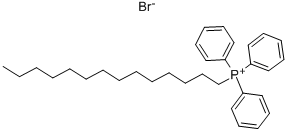
- Chemical Name:(1-TETRADECYL)TRIPHENYLPHOSPHONIUM BROMIDE
- CAS:25791-20-2
- MF:C32H44BrP
- Structure:
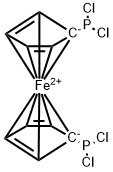
- Chemical Name:1,1'-BIS(DICHLOROPHOSPHINO)FERROCENE
- CAS:142691-70-1
- MF:C10Cl4FeP2
- Structure:
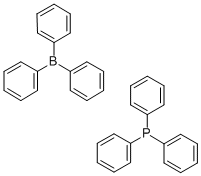
- Chemical Name:TRIPHENYLBORANE-TRIPHENYLPHOSPHINE COMPLEX
- CAS:3053-68-7
- MF:C36H30BP
- Structure:
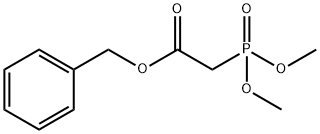
- Chemical Name:BENZYL DIMETHYL PHOSPHONOACETATE
- CAS:57443-18-2
- MF:C11H15O5P
- Structure:
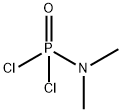
- Chemical Name:N,N-DIMETHYLPHOSPHORAMIDODICHLORIDATE
- CAS:677-43-0
- MF:C2H6Cl2NOP
- Structure:
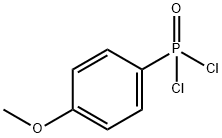
- Chemical Name:4-METHOXYPHENYLPHOSPHONIC DICHLORIDE
- CAS:37632-18-1
- MF:C7H7Cl2O2P
- Structure:
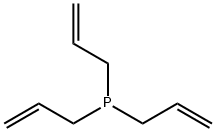
- Chemical Name:TRIALLYLPHOSPHINE
- CAS:16523-89-0
- MF:C9H15P
- Structure:
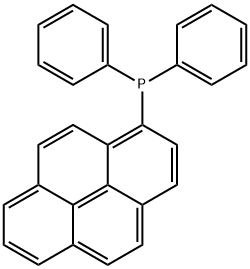
- Chemical Name:diphenyl-1-pyrenylphosphine
- CAS:110231-30-6
- MF:C28H19P
- Structure:
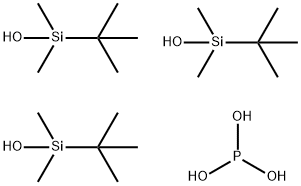
- Chemical Name:TRIS(TERT-BUTYLDIMETHYLSILYL) PHOSPHITE
- CAS:85197-27-9
- MF:C18H45O3PSi3
- Structure:
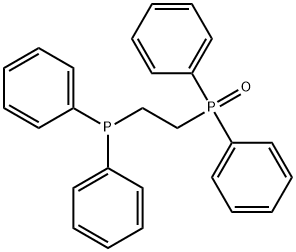
- Chemical Name:1,2-BIS(DIPHENYLPHOSPHINO)ETHANE MONOOXIDE
- CAS:984-43-0
- MF:C26H24OP2
- Structure:
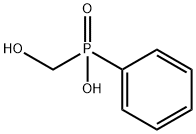
- Chemical Name:HMPPA
- CAS:61451-78-3
- MF:C7H9O3P
- Structure:
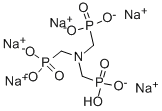
- Chemical Name:[Nitrilotris(methylene)]tris-phosphonic acid pentasodium salt
- CAS:2235-43-0
- MF:C3H7NNa5O9P3
- Structure:
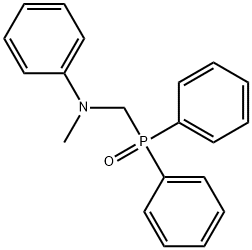
- Chemical Name:N-[(DIPHENYLPHOSPHINYL)METHYL]-N-METHYLANILINE
- CAS:76527-75-8
- MF:C20H20NOP
- Structure:
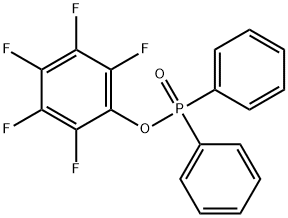
- Chemical Name:PENTAFLUOROPHENYL DIPHENYLPHOSPHINATE
- CAS:138687-69-1
- MF:C18H10F5O2P
- Structure:

- Chemical Name:N-PROPYLDICHLOROPHOSPHINE
- CAS:15573-31-6
- MF:C3H7Cl2P
- Structure:
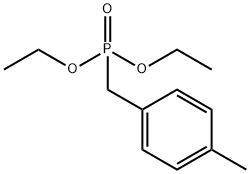
- Chemical Name:DIETHYL 4-METHYLBENZYLPHOSPHONATE
- CAS:3762-25-2
- MF:C12H19O3P
- Structure:

- Chemical Name:Glufosinate-ammonium
- CAS:77182-82-2
- MF:C5H18N3O4P
- Structure:
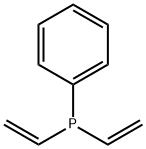
- Chemical Name:DIVINYLPHENYLPHOSPHINE
- CAS:26681-88-9
- MF:C10H11P
- Structure:

- Chemical Name:DODECYLTRIBUTYLPHOSPHONIUM BROMIDE
- CAS:15294-63-0
- MF:C24H52BrP
- Structure:
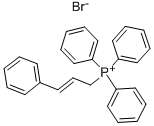
- Chemical Name:CINNAMYLTRIPHENYLPHOSPHONIUM BROMIDE
- CAS:7310-74-9
- MF:C27H24BrP
- Structure:

- Chemical Name:TRI-TERT-BUTYLPHOSPHONIUM TETRAPHENYLBORATE
- CAS:131322-08-2
- MF:C36H48BP
- Structure:
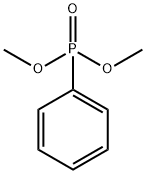
- Chemical Name:PHENYLPHOSPHONIC ACID DIMETHYL ESTER
- CAS:2240-41-7
- MF:C8H11O3P
- Structure:
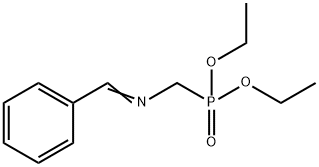
- Chemical Name:DIETHYL-N-BENZYLIDENEAMINOMETHYLPHOSPHONATE
- CAS:50917-73-2
- MF:C12H18NO3P
- Structure:
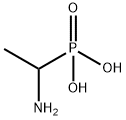
- Chemical Name:DL-1-(Aminoethyl)phosphonic acid
- CAS:6323-97-3
- MF:C2H8NO3P
- Structure:
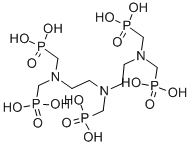
- Chemical Name:Diethylenetriaminepenta(methylene-phosphonic acid)
- CAS:15827-60-8
- MF:C9H28N3O15P5
- Structure:
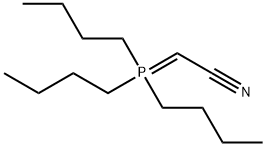
- Chemical Name:CYANOMETHYLENETRIBUTYLPHOSPHORANE
- CAS:157141-27-0
- MF:C14H28NP
- Structure:

- Chemical Name:(2-Aminoethyl)phosphonic acid
- CAS:2041-14-7
- MF:C2H8NO3P
- Structure:

- Chemical Name:IMINO-BIS(METHYLPHOSPHONIC ACID)
- CAS:17261-34-6
- MF:C2H9NO6P2
- Structure:
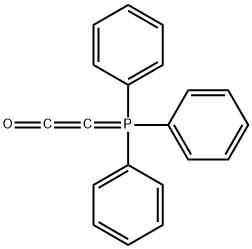
- Chemical Name:(Triphenylphosphoranylidene)ketene
- CAS:15596-07-3
- MF:C20H15OP
- Structure:

- Chemical Name:PHOSPHOENOLPYRUVIC ACID MONOSODIUM SALT
- CAS:53823-68-0
- MF:C3H4NaO6P
- Structure:
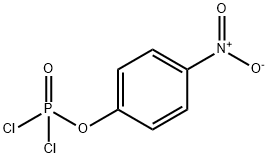
- Chemical Name:4-NITROPHENYL PHOSPHORODICHLORIDATE
- CAS:777-52-6
- MF:C6H4Cl2NO4P
- Structure:
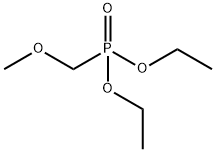
- Chemical Name:Diethyl (Methoxymethyl)phosphonate
- CAS:32806-04-5
- MF:C6H15O4P
- Structure:
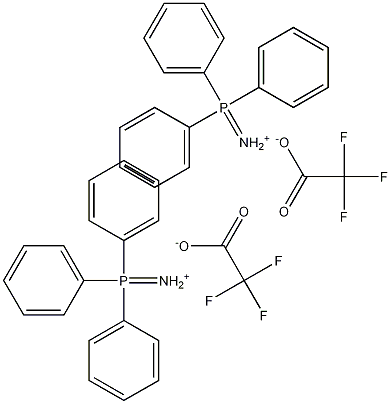
- Chemical Name:Bis(triphenylphosphine)iminium trifluoroacetate
- CAS:116405-43-7
- MF:C36H30NP2.C2F3O2